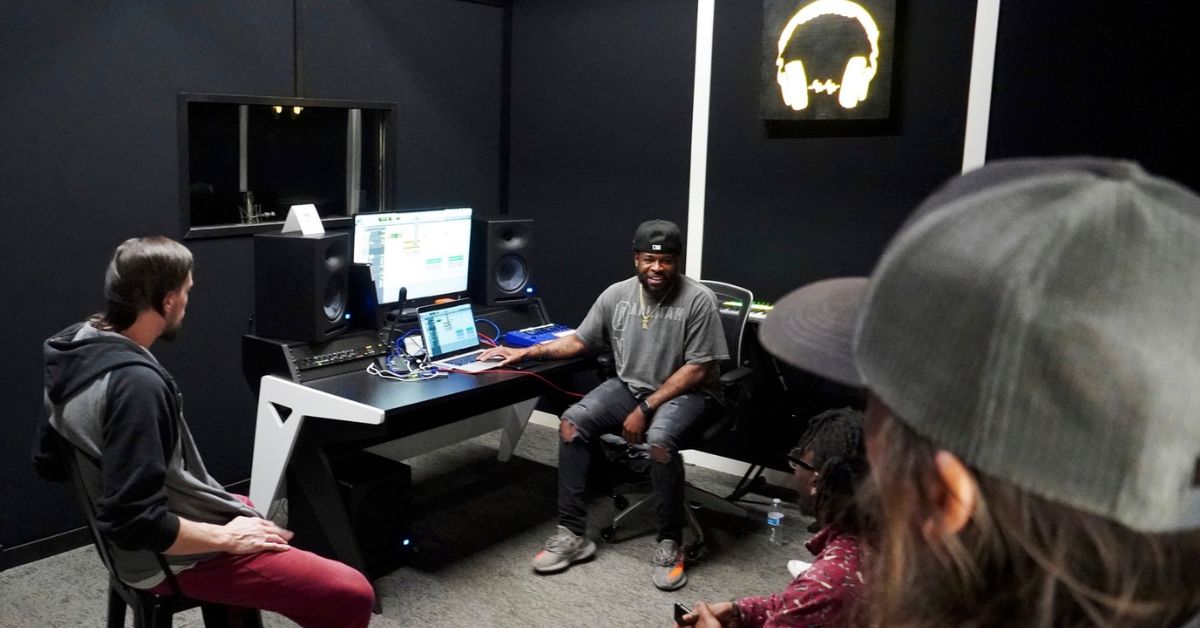Being a successful DJ is all about constantly upping your game. Whether you’re just getting into the scene or want to take your existing skills to the next level, understanding music theory is key to creating sets that captivate your audience.
While it can seem daunting at first, theory is the foundation of all great music. With this short guide to music theory for aspiring DJs, you’ll have the tools you need to craft flawless sets and develop your signature sound.
Exploring Musical Notes
Musical notes are the building blocks of any track. In Western music, there are 12 unique notes, each with a distinct pitch.
These notes repeat in higher and lower octaves, creating the full range of sounds you hear in music. Knowing your notes is the first step to mastering music theory.
Understanding Scales
A scale is a specific sequence of notes that provides the framework for a piece of music. The most common scale in Western music is the major scale, which has a bright and happy sound.
The minor scale, on the other hand, has a more somber and moody feel. Familiarizing yourself with these scales can help you understand the mood and key of the tracks you mix.
Recognizing Chords and Progressions
A chord is a group of notes played together to create harmony. Most songs are built around chord progressions, which are sequences of chords that provide the harmonic backbone of a track.
Certain chord progressions are particularly popular in electronic music. Recognizing these progressions can help you predict the structure of tracks and mix them more effectively.
Understanding the Importance of Rhythm
Understanding rhythm is crucial for beat matching, which is the art of aligning the beats of two tracks to create a seamless transition.
While this can be done with the help of DJ software, practicing manual beat matching will improve your ability to create smooth transitions and maintain the energy of your set.
Recognizing the Art of Phrasing
Phrasing refers to the way musical sentences are structured within a track. It’s similar to how sentences are structured in language, with phrases combined to create a complete musical idea.
When you mix two tracks, it’s important to match the phrases so that the transition feels natural. This involves aligning the beginning of a phrase in one track with the beginning of a phrase in another.
Mastering the Basics
Understanding music theory can take your DJ set from good to great. It provides the foundation needed to create seamless mixes, understand track structures, and engage your audience. By exploring this short guide to music theory for aspiring DJs, you can learn to master the basics.
At Band Barracks, we understand how much effort and care you put into perfecting your sound as a DJ. Our premium music studio space for rent in Houston offers the perfect place for you to take your tracks to the next level!

